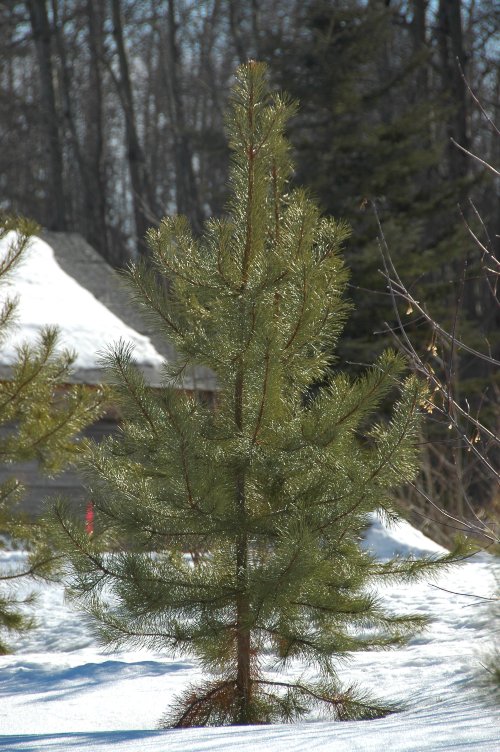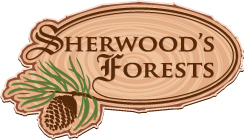/Images/AdPix/Trade_Show/2013-08-27_09-24-38.jpg

Late fall. Nights are getting colder now, and heavy dew is a common occurrence.
Native Trees & Shrubs
Production for reclamation and naturalization.
Native trees and shrubs are often wanted in large quantities in smaller sizes on short notice. At present I buy what I can as plugs, grow them as 1 liter styroblock trees for 1 to 2 years. The magic size is 24 inches. This is large enough to compete when planted with local weeds and grass.
Economics of native trees and shrubs
Seedlings for native shrubs typically come as plugs, and cost about 60 to 90 cents each. It takes 3 minutes to plant 15 trees into a styroblock, and another 3 minutes to mulch them and set them out in the tree farm. That's .4 minutes per tree at 25 cents a minute for labour = 10 cents. The styroblock is $4, which is about 30 cents per tree, but I get about half of them back. Weeding is twice a year at 5 trees per minute, so call it 10 cents. So net input costs are between 1.25 and 1.75 per tree. Going rate is $4/tree if more than 8 blocks are purchased at a time, $5 a tree otherwise. $6/tree if they don't want a whole block.
The problem is to have enough when they are wanted. Guess wrong, and you have a thousand of something extra. One partial answer to this is to grow them to size, then park them in a shaded area. I have one block reserved for this use. It's on the north side of a shelterbelt, so it gets early morning and late afternoon direct sun, and dappled shade during the rest of the day. Judging by water use, they slow down to about ⅓ their normal growth rate. This allows an inventory of about three times the size to be kept for the cost of twice yearly weeding, and occasional watering.
There is some interest in natives in larger sizes, so unsold styros are repotted in #2 pots as needed.

Lodgepole Pine in our front yard.
